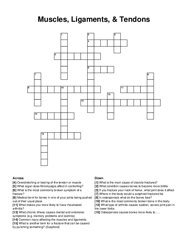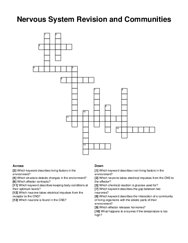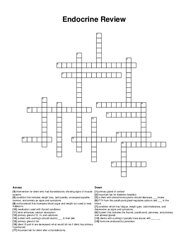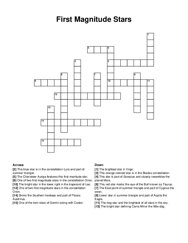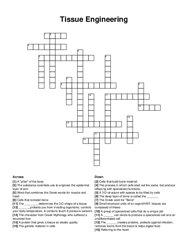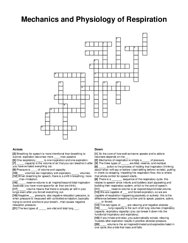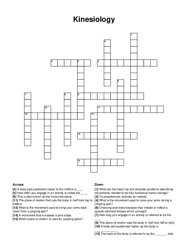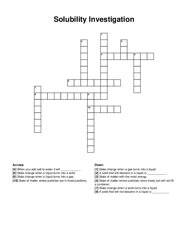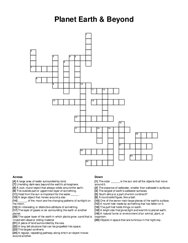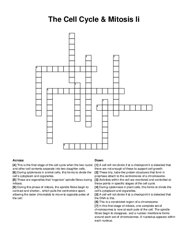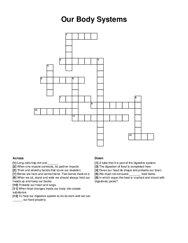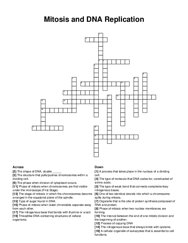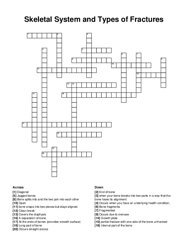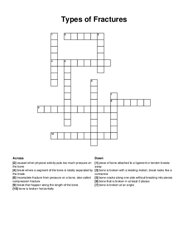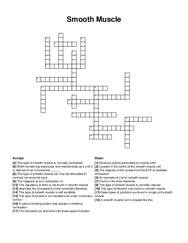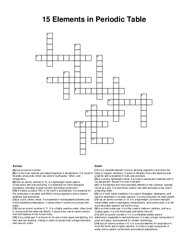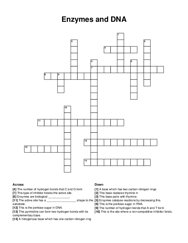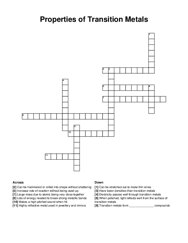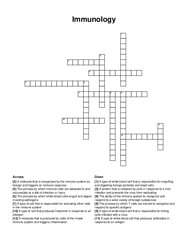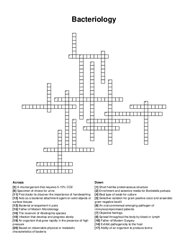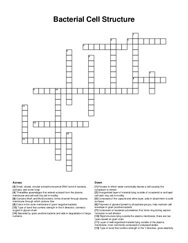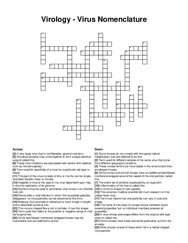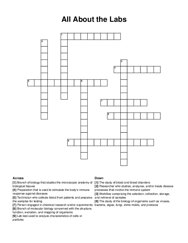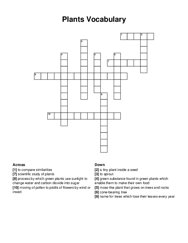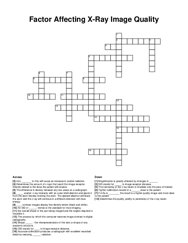Categories
- Agriculture / Farm
- Animals
- Arts / Crafts
- Beauty / Fashion
- Books / Literature
- Business / Finance
- Cities / Places
- Computers / IT
- Ecology / Climate
- Electronics
- Energy / Utilities
- Food / Drinks
- General
- Geography
- Geology
- Health / Fitness
- History
- Home / Garden
- Jobs / Education
- Kids / School
- Law / Government
- Music / Movies / TV
- News / Media
- Occasions
- Christmas
- Easter
- Halloween
- New Year
- Saint Patrick's Day
- Thanksgiving
- Valentine's Day
- Outdoors
- Religion / Belief
- Safety / Prevention
- Science
- Astronomy
- Biology
- Chemistry
- Physics
- Seasonal
- Society / Culture
- Sports
- Tools / Equipment
- Travel / Tourism
- Vehicles
Science Crossword Puzzles
Free printable science crossword puzzles. Download pre-made or create your own Crossword using our crossword maker. Simply download, print and start playing or play online.
common injury affecting the muscles and ligaments, what is the most commonly broken bone in the body, where in the body would a scaphoid fractured be, …
which keyword describes keeping body conditions at their optimum levels?, which keyword describes the gap between two neurones?, what happens to …
what enhances calcium absorption, condition that includes weight loss, tachycardia, uncreased appetite, tremors, and anxiety as signs and symptoms, …
the bright star defining canis minor the little dog, one of the twin stars of gemini along with castor, this red star marks the eye of the bull known …
a protein that gives a tissue an elastic quality, the substance scientists use to engineer the epidermal layer of skin, the process in which cells …
the three types of _ are tidal, reserve, and residual, _ reserve volume is air expired beyond tidal volume, one respiratory _ is one inspiration and …
the plane of motion that cuts the body in half from top to bottom, this is also known as the horizontal plane, what are the basic hip and shoulder …
state of matter where particles are in fixed positions, state of matter with the most energy, a solid that will dissolve in a liquid is _ , state …
a large object that moves around a star, the layer of gases or air surrounding the earth or another planet, a piece of land surrounded by the sea, a …
during this phase of mitosis, the spindle fibres begin to contract and shorten, which pulls the centromere apart, allowing the sister chromatids to …
long nails trap dirt and _ , when food changes inside our body into simple substance, when we sit, stand and walk we should always hold our heads up …
type of sugar found in dna, the stage of mitosis in which the chromosomes become arranged in the equatorial plane of the spindle, phase of mitosis …
it is performed to determine the cause of death, assess disease processes, or investigate any unexpected or unexplained deaths, it deals with the …
long part of bone, jagged bones, growth plate, partial fracture with one side of the bone unharmed, occurs when you have an underlying health …
bone that is broken in at least 2 places, bone is broken at an angle, bone is broken with a twisting motion, break looks like a corkscrew, bone is …
a calcium binding protein that assists in enabling contraction, this type of muscle is non-striated and under involuntary control, located in the …
is a soft, silvery metal. it is essential in rechargeable batteries and mood-stabilizing medications. it reacts when it comes into contact with water, …
this is the pentose sugar in dna, enzymes catalyse reactions by decreasing this, the number of hydrogen bonds that c and g form, the number of …
when polished, light reflects well from the surface of transition metals, electricity passes well through transition metals, can be hammered or rolled …
holds the high and low power objectives, can be rotated to change magnification, holds the slide in place, is used to regulates the amount of light on …
the process by which white blood cells engulf and digest invading pathogens, a type of white blood cell that produces antibodies in response to an …
infection that develop and progress slowly, an organism that grow rapidly in the presence of high pressure, a microorganism that requires 5-10% co2, …
unorganized layer of material lying outside of a bacterial or archaeal cell wall, may aid in motility, exists in the outer membrane of gram negative …
period after a viral infection in which the inoculated particles, disappears. no virus particles can be observed at this time, term used for …
reaction between substances usually including oxygen, solid, liquid or gas, occurs when 2 or more molecules interact and change, released when gases …
the study of the biology of organisms such as viruses, bacteria, algae, fungi, slime molds, and protozoa, the study of blood and blood disorders, …
where most chemical reactions occur, site of respiration, controls the cell and contains dna, where cell sap is stored, supports plant cells, site of …
process by which green plants use sunlight to change water and carbon dioxide into sugar, scientific study of plants, green substance found in green …
the distance taken up by one complete wave form, a line we draw that shows the position of all the wave peaks generated at the same time, area of a …
determines the quality (ability to penetrate) of the x-ray beam, determines the amount of x-rays that reach the image receptor. directly related to …
